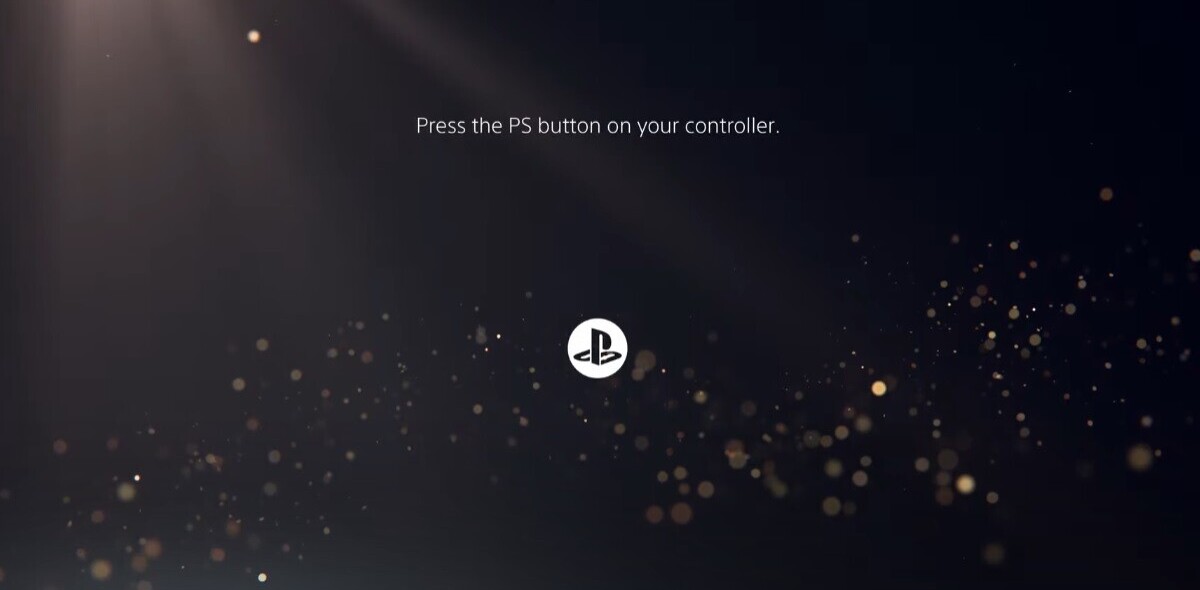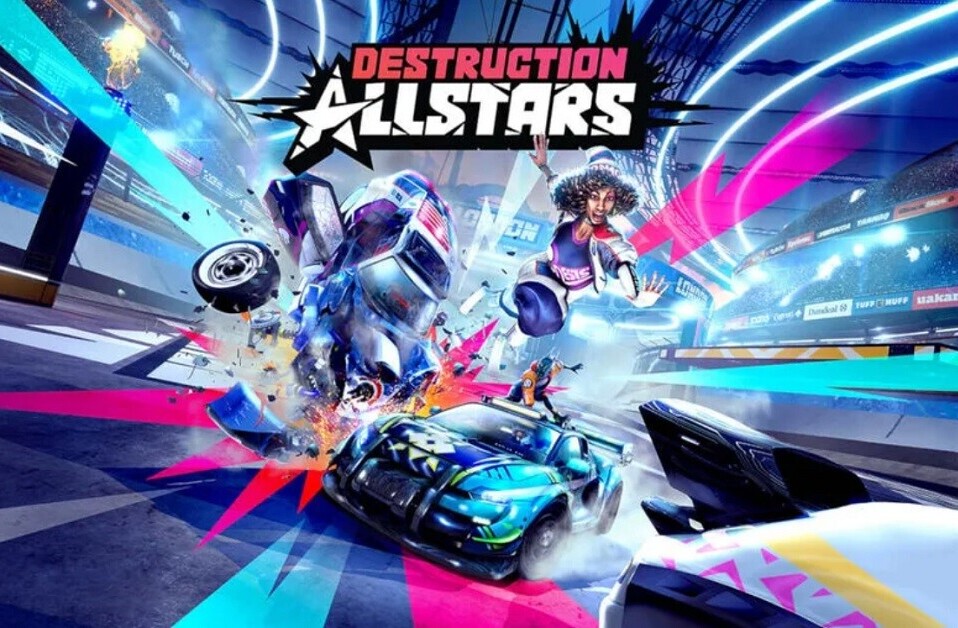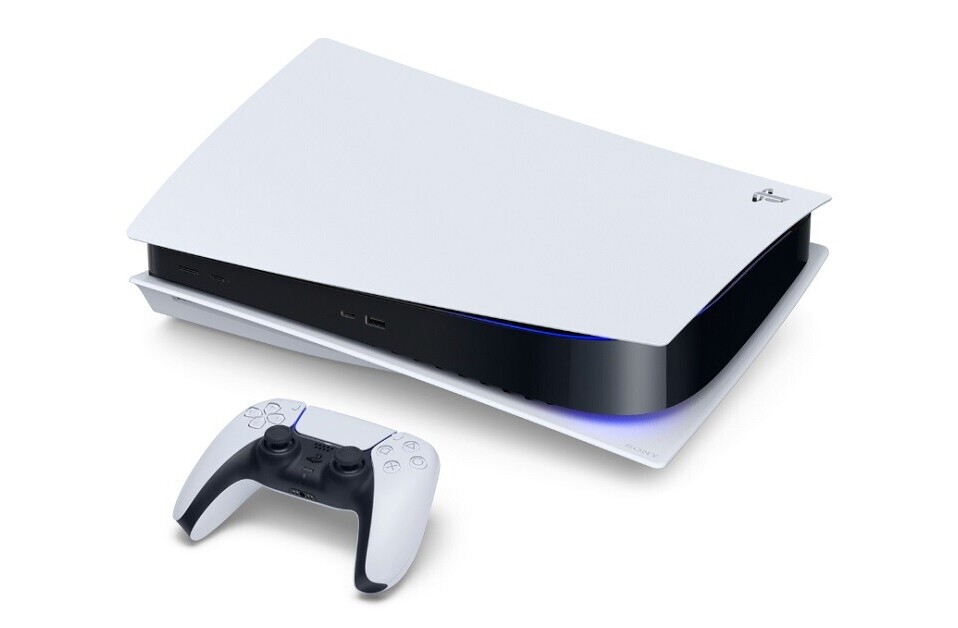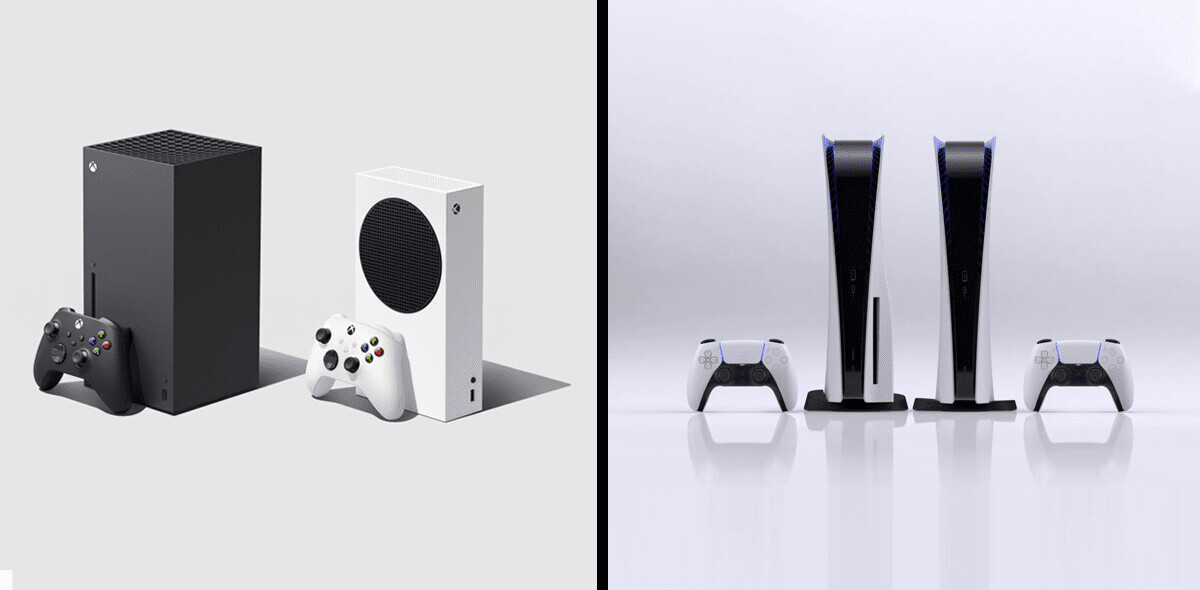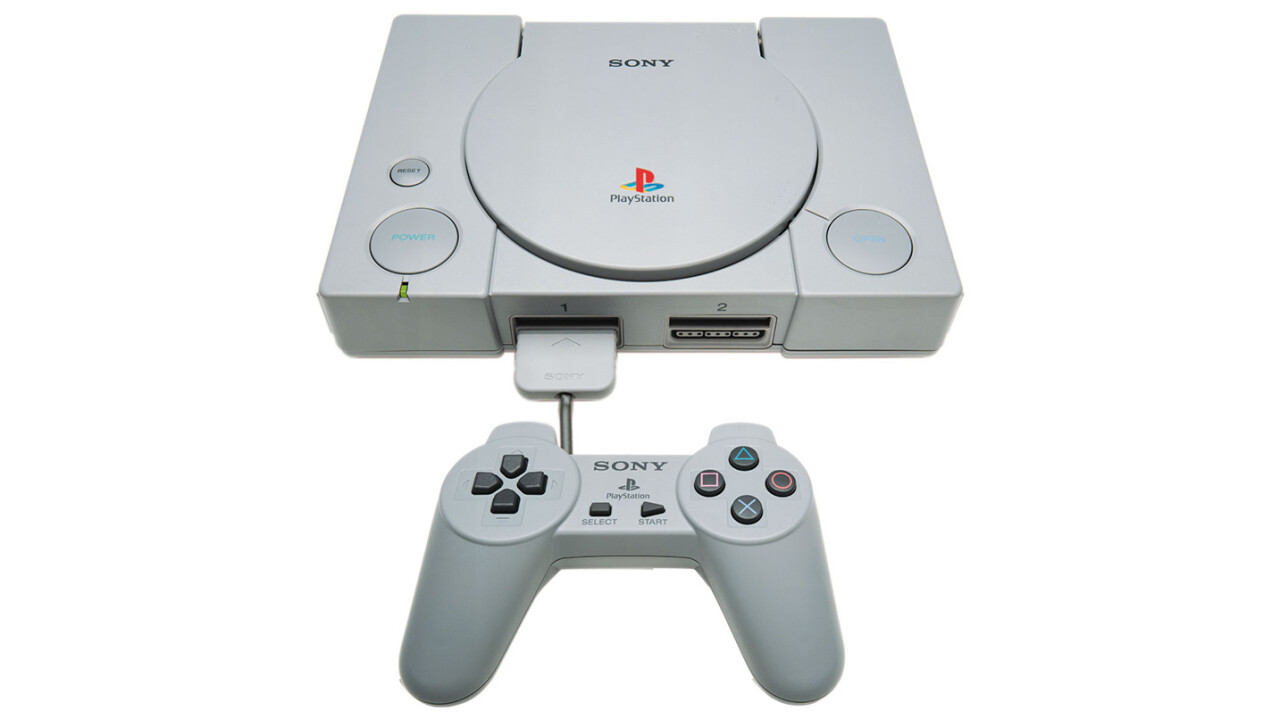
September is a momentous month for Sony — September 9 marks the 20th anniversary of the North American launch of the PlayStation, while September 29 marks the European launch. Over the last couple decades, Sony has cemented its spot as a premier gaming company, particularly fueled by its global growth.
Now with the release of the PlayStation 4, Sony continues to have wild success in the games market: According to VGChartz, the console has sold 24.77 million worldwide since it rolled out in late 2013. That’s more than its next-gen competitors the Xbox One (with 13.57 million sold) and Wii U (with 10.7 million sold).
TNW spoke with John Koller, head of Hardware Marketing at PlayStation, for an inside look into the last 20 years the company has been making hardware. Koller has been with the company since 1998.

TNW: Sony is a Japanese company that was born out of Japanese gaming traditions. Over the years, how has it evolved as its audience has expanded?
Koller: When I first started, the marketshare for North America and Europe was much different. Japan dominated the gaming market — 75 percent share of the world. There was a lot of input from North America and Europe throughout during those early years, but Japan made a lot of decisions based on that market. They set the stage for what gaming would do globally.
It became more balanced in the years that followed as North America grew as a gaming hub. Our input in everything mattered more. We’d ask what the gamers want, but we’d also get opinions from Japan and Europe.
Now we’ve provided significant input. So much so that the PS4 was collaborative across the world.
Sony also made a big leap by choosing to go with the CD as the vehicle for games. At least in America, people really clung to the cartridge. What was the logic behind that choice?
There were two things happening at the time playstation was birthed: cartridge did rule. The downside to that was that it wasn’t very tech-forward. Secondly, operationally, it became a real burden to be able to back developers up at the time they needed to finish the game to launch.
The cost of goods were high, the margins were low.
We there was a cleaner way to move forward, something pushing the next-gen path. With CDs, we got the best games, and people were able to experience new content.

What was it like developing the PlayStation 2?
As we prepared for the PlayStation 2, DVDs were coming forward. Interestingly enough, for the first 3 years of the PS2 launch, more than half the people who purchased the PS2 used it as their first DVD player.
At a holistic level, PlayStation’s legacy is taking gaming from the basement to the living room. We are called Sony Computer Entertainment for that reason.
That started almost from the moment that PlayStation had launched. The idea that we now had developers on our side from ease of operations. We had authenticity. The promise of getting theatrical graphics at that time.
The second console is hard because you’re still trying to prove to the market where we are. But PS2 became the most successful, and people continued to develop games for it until 2012. I remember looking in 2003 or 2004, one in two US households had a PS2.

I feel like Sony has always been about pushing graphics capabilities with their consoles, especially in the PS2 and the PS3. Can you speak to that?
We wanted to expand the amount of people who experience gaming. It’s easy to do when you say, “What show are you watching?” and we can say “That’s a video game.” That became really important to us. Those graphical capabilities bring in a wider array.
As we went into PS3, we strongly believed in the Blu-Ray format. SonyCorp was strongly backing blu-ray, and we knew that Playstation needed that. Through Blu-Ray and HD, the graphical capabilities have always been important.
But it’s not just the look — Sony has also thrown tons of support to the development of games, particularly in fostering relationships with indie developers to create content for PlayStation’s portable consoles and the PS4.
It did start with the PSP, and it’s now in the Vita and in the PS4. Building relationships with indie developers did a couple things: first, it breathed fresh air into the creative department. Initially, You had to be in a large studio to develop games, and we didn’t believe in that. We thought that getting behind small developers in a way authentic to Playstation brand could bring a lot of dividends.
Now we’re at a point with the Vita where a majority of the most popular games are for indie developers. Gamers really appreciate it.

Now the PS4 is successful, but there’s so much more ahead, namely VR hardware Project Morpheus. Where do you see gaming hardware going?
We’re fiercely proud Bay Area company, but we’re also a fiercely proud California company. We have a tight alignment with Hollywood. We’re seeing a lot of changes and innovations, but we do like to listen to what gamers are asking for.
I think now as an entertainment industry, we need to look at not just gaming but content. How we write or create for VR is different from a movie or a game. There’s an element of presence, but also being able to choose your own path and find your way through environments. We’ve been talking to a lot of different groups.
We’re not just going to be able to make linear, on-rails scripts. That means an opportunity for those who experience it to really feel like they’re there. That’s what’s exciting.
Get the TNW newsletter
Get the most important tech news in your inbox each week.

